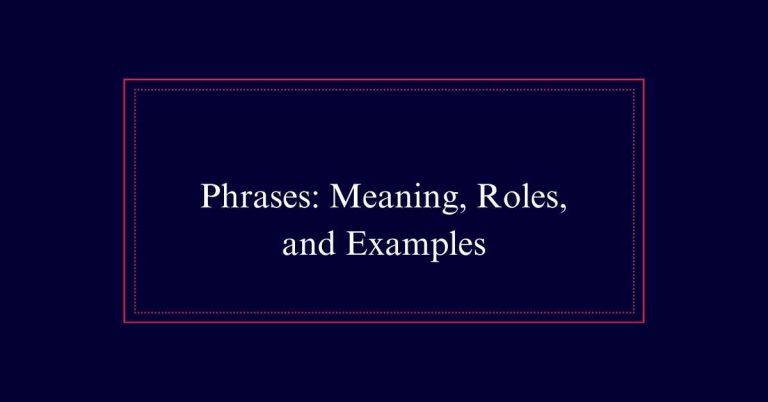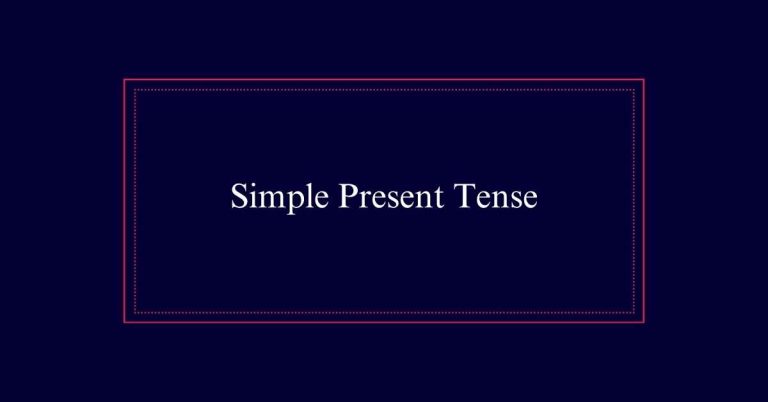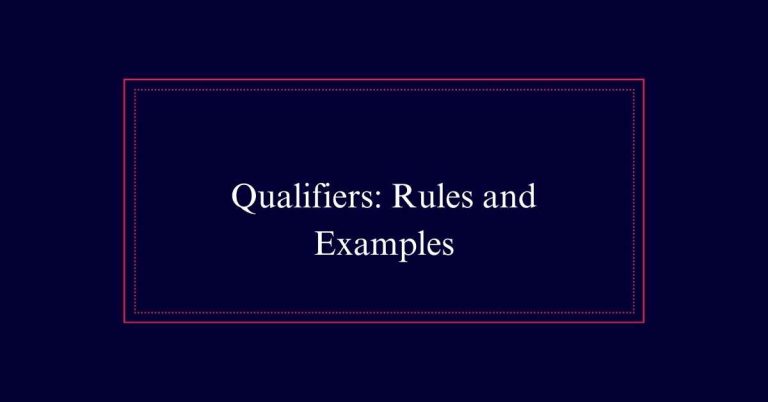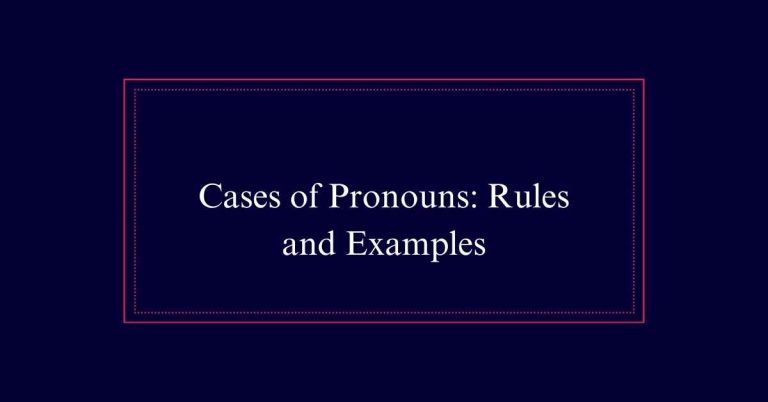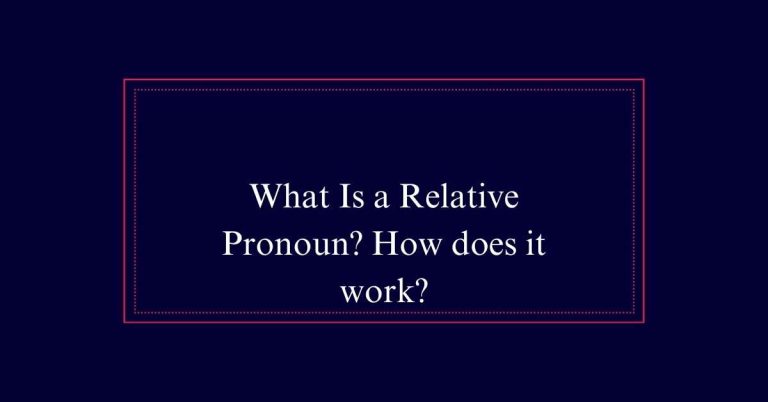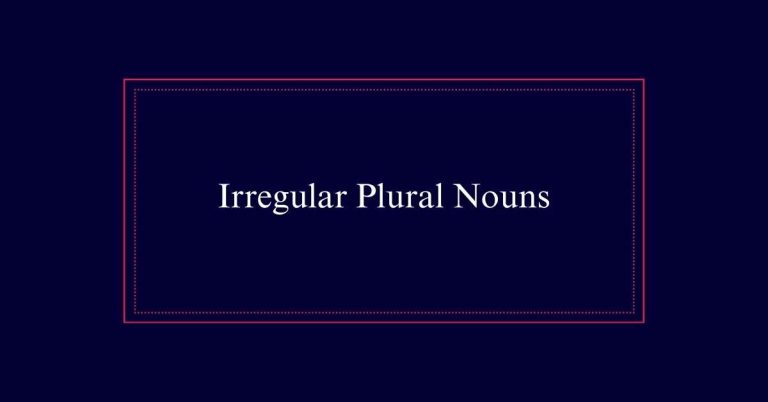What Is Sentence Inversion?
Sentence inversion is a grammatical construction where the usual subject-verb order is reversed. This technique is often employed for emphasis or stylistic variety. Common in questions, it also appears in statements to highlight specific information. Adverbial phrases and negative adverbs can trigger inversion, enhancing engagement and clarity. Additionally, conditional clauses may use inversion for formality or to emphasize hypothetical scenarios.
Definition of Sentence Inversion
Sentence inversion refers to the grammatical construction where the usual order of subject and verb is reversed. This means that instead of the subject coming before the verb, the verb or an auxiliary verb comes before the subject.
In English, this structure is often used for emphasis or stylistic purposes. For example, instead of saying ‘He had never seen such a sight,’ one might say ‘Never had he seen such a sight.’ This reversal can also occur with adverbial phrases, such as ‘Rarely do we see such talent.’
Questions Vs. Statements
Understanding sentence inversion is essential when distinguishing between questions and statements in English grammar. In statements, the subject precedes the verb. For example, in ‘She is reading,’ the subject ‘she’ comes before the verb ‘is reading.’
In questions, this order is reversed, with the verb often leading. For instance, ‘Is she reading?’ shows this inversion.
However, sentence inversion is not solely a marker of questions. It can occur in statements too. Consider these points:
- Questions typically start with the verb.
- Statements usually have the subject first.
- Inversion adds variety to writing.
- Not all inversions indicate questions.
Adverbial Phrases and Inversion
Adverbial phrases often lead to sentence inversion when placed at the beginning of a sentence. This occurs because the usual subject-verb order is reversed to emphasize the adverbial phrase.
For instance, ‘Never before had she seen such beauty’ places the adverbial phrase ‘Never before’ at the start, causing inversion. This construction adds emphasis and can make writing more engaging. However, it is essential to use this technique judiciously. Overuse can make sentences sound overly formal or awkward.
Inversion with adverbial phrases is not limited to negative phrases; it can also occur with time expressions like ‘Rarely’ or ‘Seldom.’
Negative Adverbs and Inversion
Negative adverbs like ‘never,’ ‘rarely,’ and ‘seldom’ frequently trigger sentence inversion when they appear at the beginning of a sentence. This means that the verb precedes the subject instead of following it, which is the usual order in statements.
For instance, ‘Never have I seen such a beautiful sunset’ is an example of this inversion.
Using negative adverbs for inversion can:
- Emphasize the rarity or extremity of an event.
- Add a formal tone to the writing.
- Create a dramatic effect.
- Improve sentence variety.
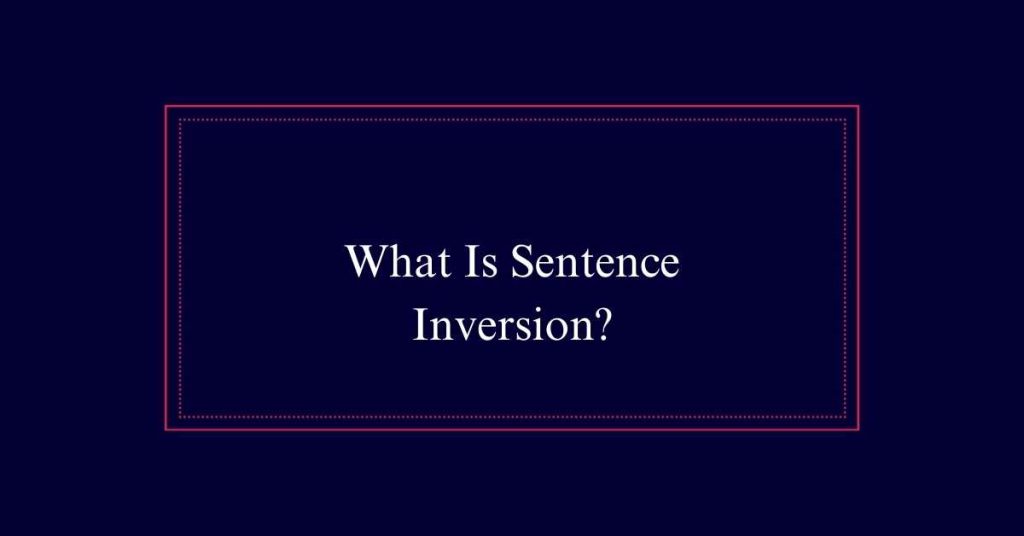
Conditional Clauses and Inversion
In conditional clauses, sentence inversion often occurs when ‘if’ is omitted and the clause begins with ‘had,’ ‘were,’ or ‘should.’ This structure is used to create more formal or emphatic sentences.
For example, instead of saying, ‘If he had known,’ one might say, ‘Had he known.’ Similarly, ‘If I were you’ can become ‘Were I you,’ and ‘If she should arrive’ transforms into ‘Should she arrive.’
These inversions are not only grammatically correct but also enhance the variety and sophistication of writing. They are useful in both written and spoken English to convey hypothetical or conditional situations in a more elegant manner.
Inversion for Emphasis
Sentence inversion can be a powerful tool for adding emphasis in writing. By altering the usual order of words, writers can highlight specific elements of a sentence.
Here are some key reasons to use inversion for emphasis:
- Highlighting importance: Placing an important element at the beginning can draw the reader’s attention.
- Creating drama: Inversion can add a dramatic allure, making the sentence more engaging.
- Enhancing rhythm: Changing the word order can improve the flow and rhythm of a sentence.
- Variety in sentence structure: It can break the monotony of standard sentence patterns.
Formality and Sentence Inversion
As a result, formality often increases when sentence inversion is employed in writing. This technique can make the text appear more polished and sophisticated.
For example, starting a sentence with a negative adverb like ‘never’ followed by inversion can add a formal tone: ‘Never have I seen such dedication.’ Writers use inversion to emphasize certain parts of a sentence, which is more common in formal contexts.
While effective, it is important to use sentence inversion judiciously. Overuse can make the writing seem stilted or awkward. Hence, understanding when and how to use inversion helps maintain a balance between formality and readability.
Inversion With ‘So’ Clauses
Inversion with ‘so’ clauses often occurs when emphasizing the extent or degree of an adjective. This structure is used to highlight how extreme a particular quality is.
For example, ‘So beautiful was the sunset that everyone stopped to admire it.’ Here, the inversion places the adjective ‘beautiful’ before the verb to stress its intensity.
Key points to remember:
- Inversion follows ‘so + adjective + that’ to emphasize.
- Common in formal writing or speeches.
- Adds dramatic effect to descriptions.
- Not frequently used in everyday conversation.
Writing Variety With Inversion
In addition to emphasizing adjectives, sentence inversion can be a powerful tool for adding variety and interest to your writing. By altering the usual subject-verb order, writers can create sentences that stand out.
For example, starting a sentence with a negative adverb like ‘Never have I seen such dedication’ can grab attention. Similarly, using inversion with conditional clauses, such as ‘Were he to arrive early, we could start the meeting,’ provides a formal touch. This technique can break monotony and enhance readability.
However, it is important to use inversion judiciously. Overuse may result in awkwardness. By varying sentence structures, writers can maintain reader interest and convey their message more effectively.
Caution in Using Inversion
While sentence inversion can enhance writing, it is important to use it sparingly to avoid awkwardness. Overuse of inversion can make sentences sound forced or overly formal. Writers should make sure that inversion serves a clear purpose and does not confuse the reader.
To use inversion effectively, consider the following:
- Clarity: Guarantee the sentence remains understandable.
- Purpose: Use inversion to emphasize a particular point or element.
- Readability: Check if the inverted sentence flows naturally.
- Context: Make certain inversion suits the overall tone and style of the writing.

